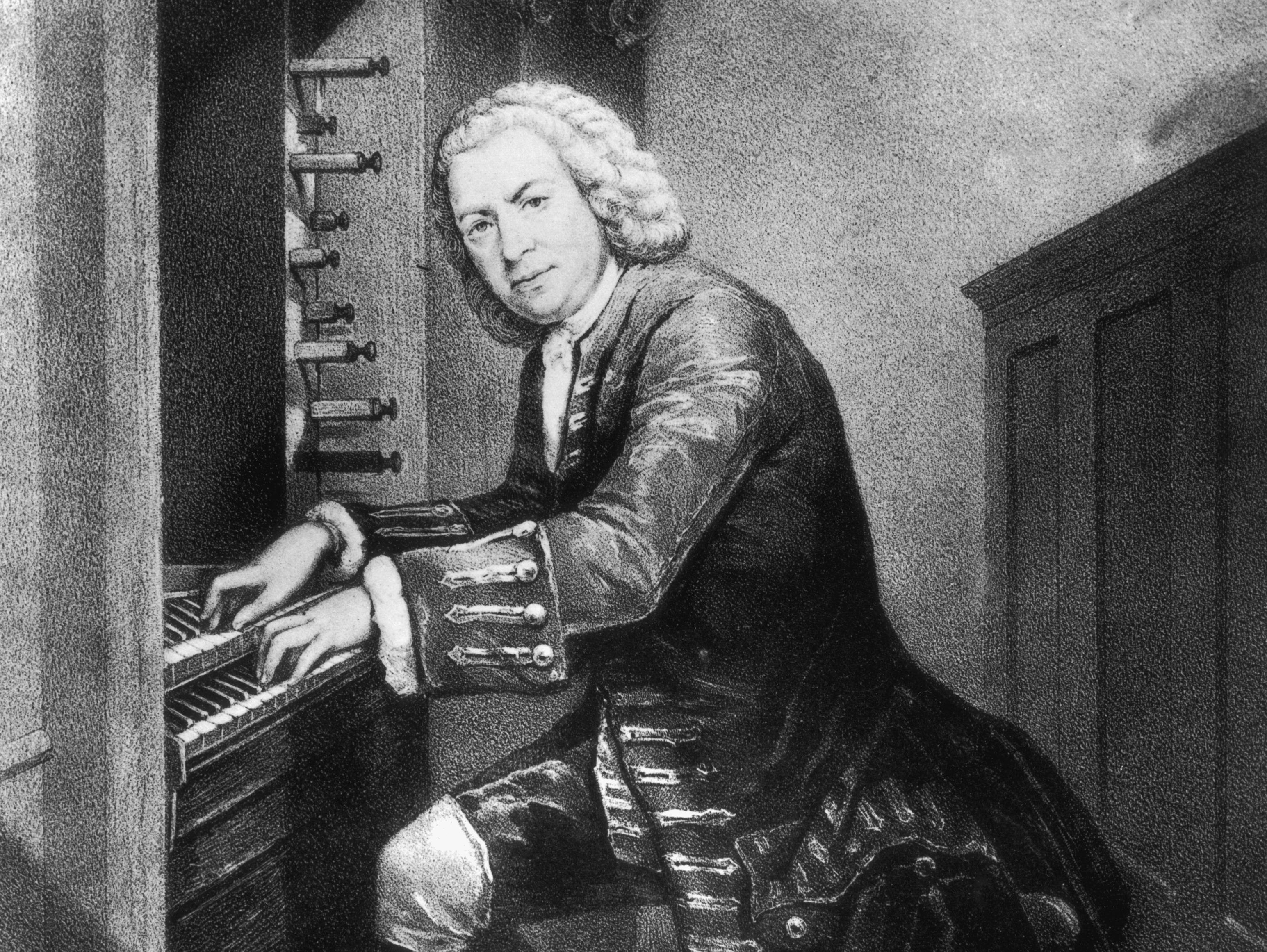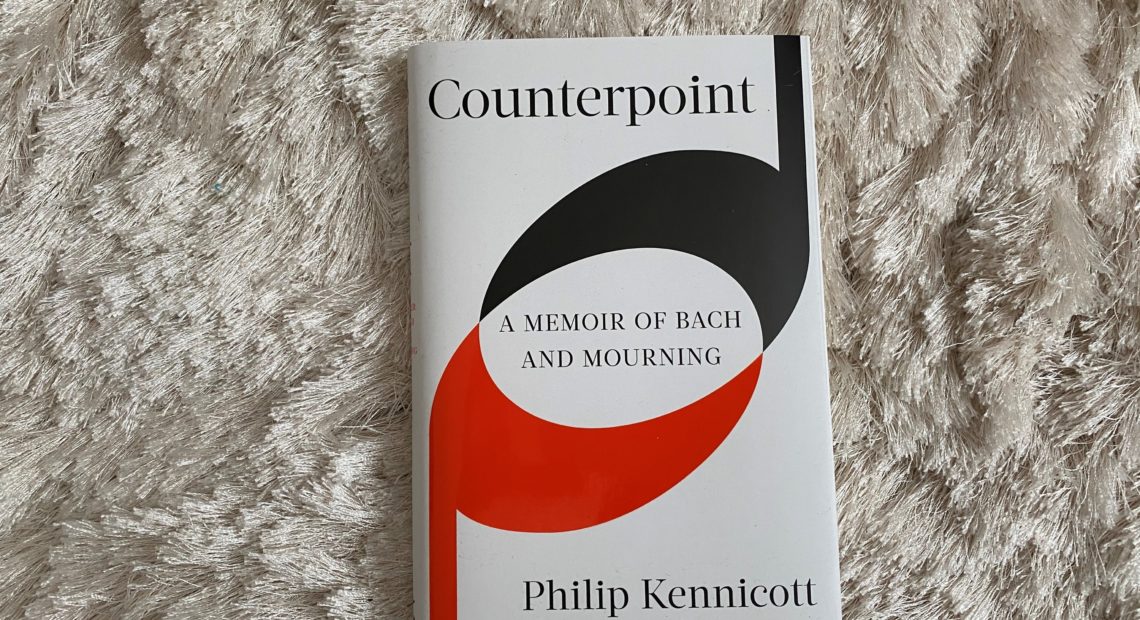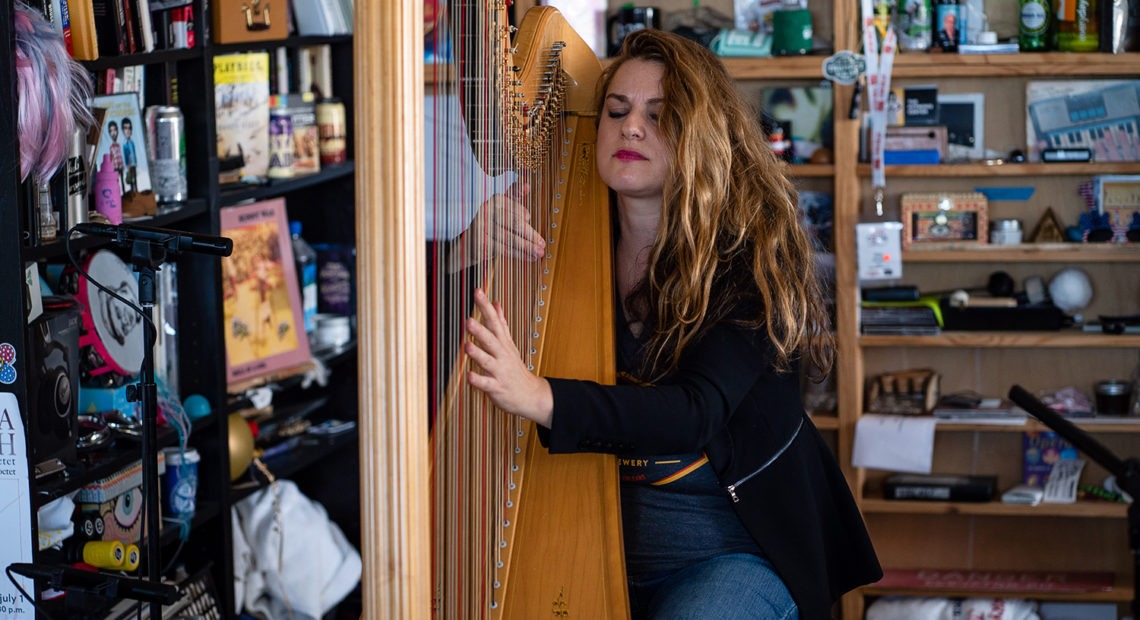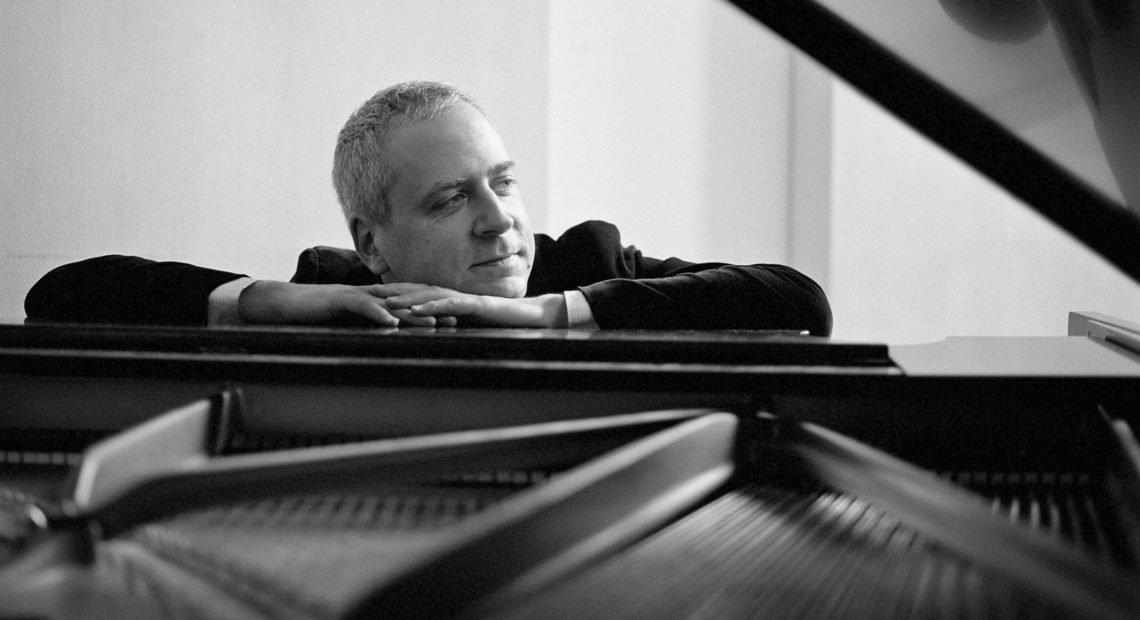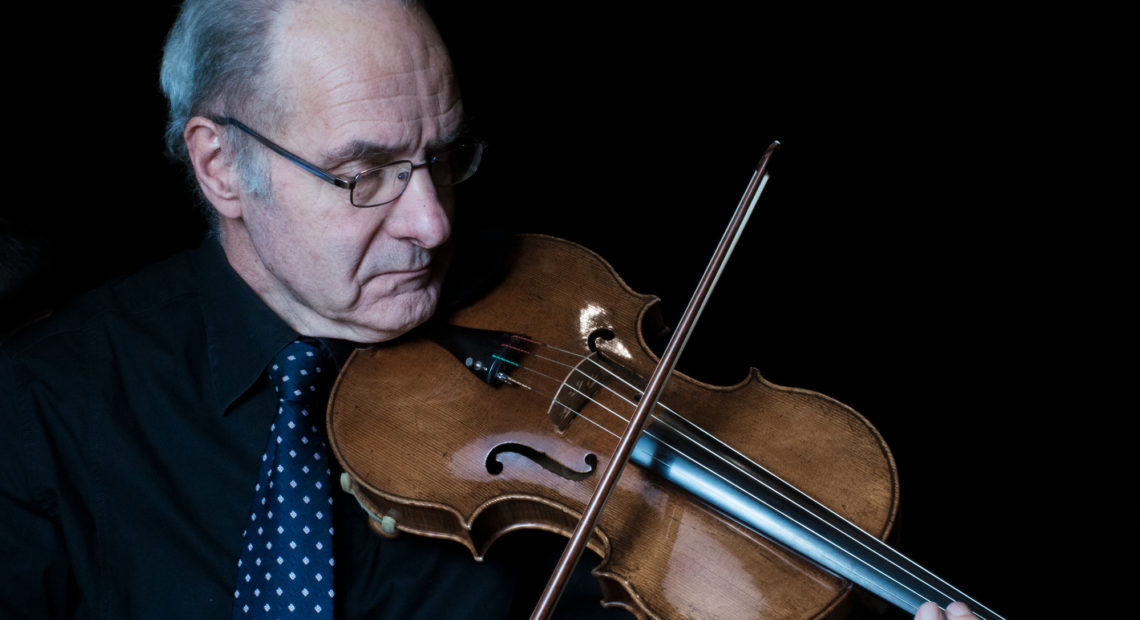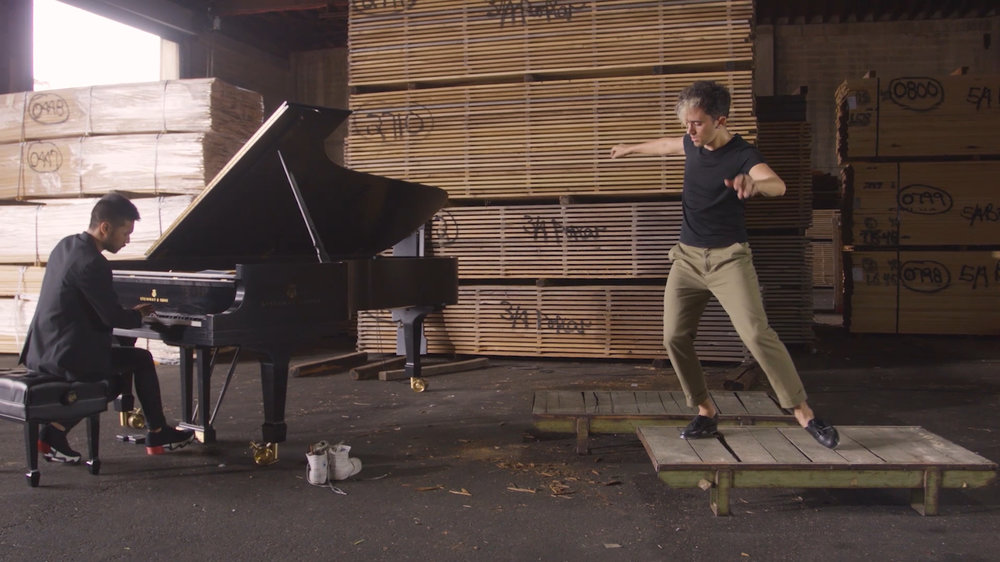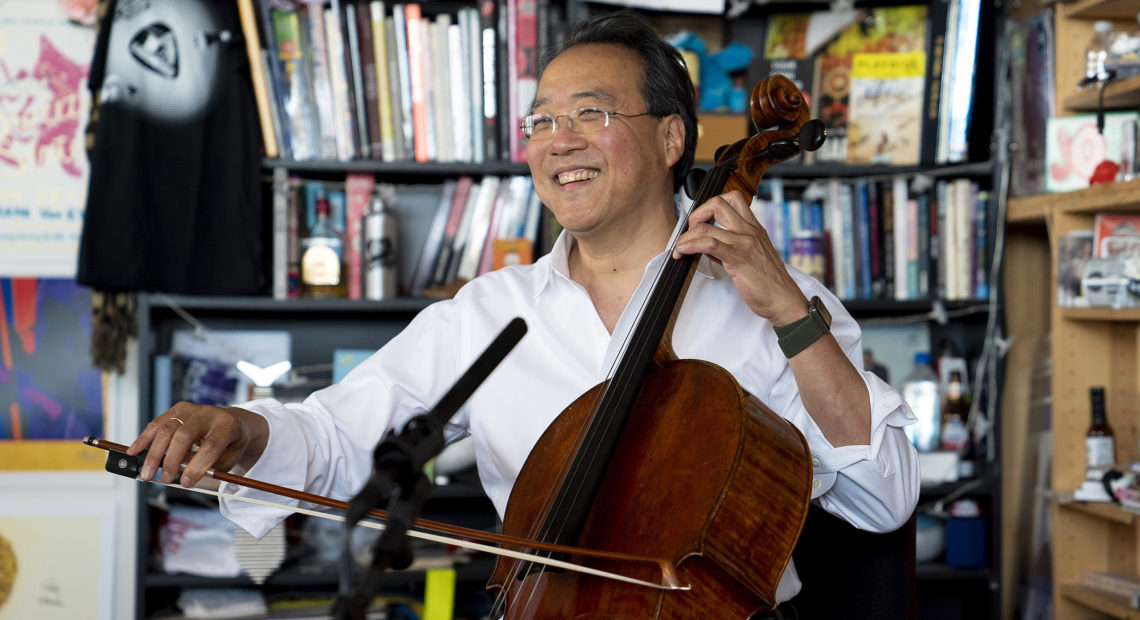No lautenwerks survived the 19th century. Picture extremely delicate harpsichords — in fact, lautenwercks are alternately called lute-harpsichords. Their strings are made of guts, originally from sheep (like lutes), which gives lautenwercks a warm, intimate tone distinct from brassy, metal-strung harpsichords.Read More
The Washington Post's Philip Kennicott suffered his mother's harsh words and actions throughout childhood. His book is partly a need to acknowledge her "sadness and anger and unaccountable rages."Read More
The irrepressible harpist proves that the instrument can be as tempestuous as a tango, as complex as a Bach fugue and sing as serenely as a church choir.Read More
On his new album titled c.1300-c.2000, the pianist begins with a medieval song by Machaut and ends with an étude by Philip Glass. Read More
The mayor of Cremona, Italy, blocked traffic during five weeks of recording and asked residents to please keep quiet so master musicians could play four instruments — note by note — for posterity.Read More
Although Johann Sebastian Bach was probably no tap-dancer, he did know something about dancing. The gigues, menuets and courantes that populate his various suites are, essentially, stylized dance movements that can leap off the page in a good performance.Read More
If the celebrated cellist could soundtrack his life, the music would be J.S. Bach's six Cello Suites. Yo-Yo Ma explains why they mean the world to him while he played the music at the NPR offices.Read More

